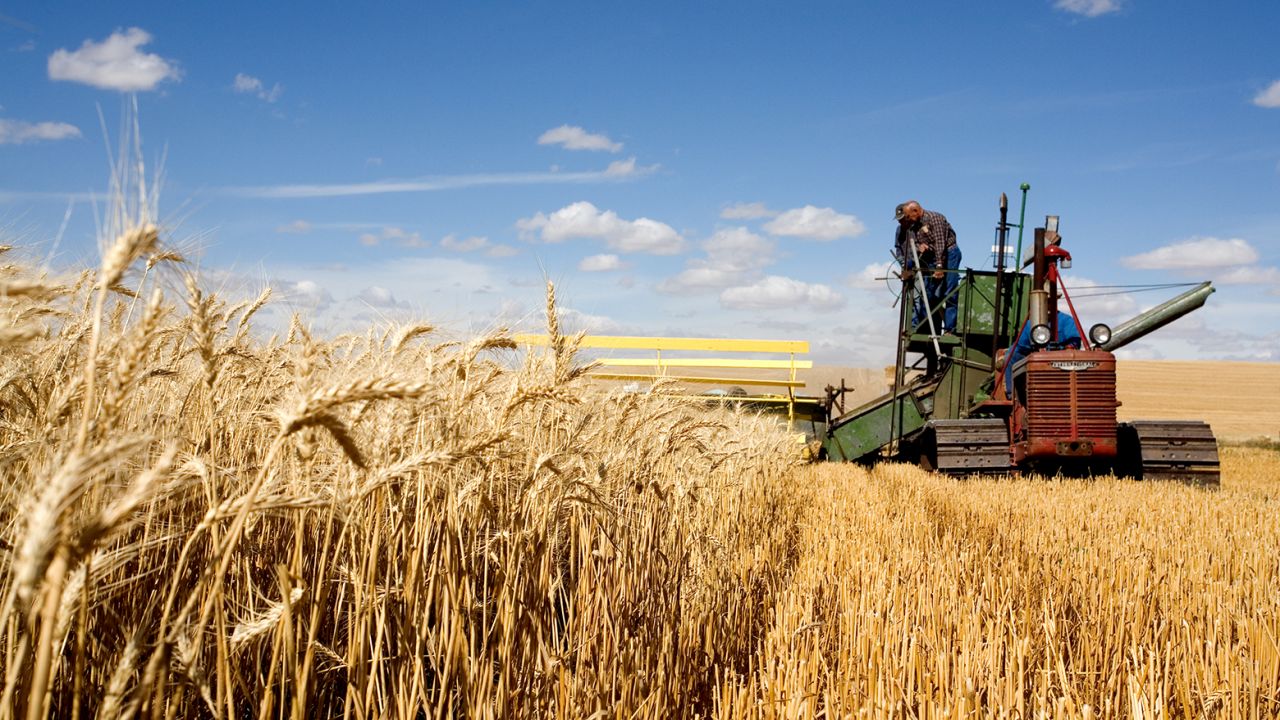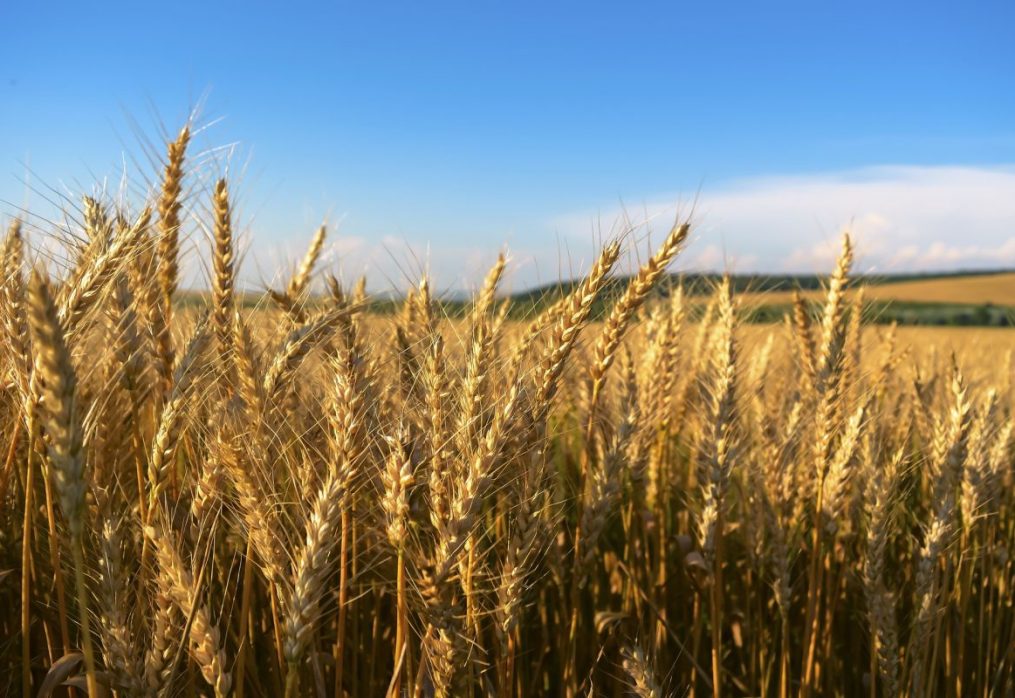Grain production in the U.S. will reach 433 million tons: forecast from IGC
Grain production in the 2020/2021 season will increase compared to the previous season
According to the report from IGC for the current season, the volume of grain production in the U.S. will be about 433 million tons. And in the last forecast analysts talked about other figures — by 5.4 million tons more. However, the new data still exceeds the volume of harvest which was last season, when 20.5 million tons less was harvested.
At the beginning of the 2020/2021 MY, cereal stocks were 81.4 million tons. For comparison, last season 2019/2020 had 7.8 million tons more in reserves.
As for grain supply, it increased by 12.7 million tons to 520.6 million tons, while last month analysts were talking about 526 million tons.
Export shipments from the United States will increase to 100.7 million tons, which is 23.5 million tons more than in the previous season.Imports into the country will be at 6.3 million tons, these figures are similar to the results for 2019/2020 MY.
Domestic consumption will rise to 349.5 million tons, which compared to last season shows an increase of 0.2 million tons. At the same time, carryover stocks of crops will decrease to 70.4 million tons, the figure is 11 million tons lower than last year.

In general, wheat prices in the world market since the end of 2020 showed a steady increase, but on January 19, 2021 the quotations on the American and European exchanges went down. As in previous periods, the lower trend was first shown by the wheat contract on the European markets. And while in the UK the decrease in value did not exceed 0.5%, in France prices sagged by 1%. The situation on the U.S. exchanges was even worse, here a fall of 3-3.5% was recorded, in Chicago — 3.6%. Following wheat, quotations of corn and soybean decreased — by about 3-3.2%.
Already next week, quotations of grain crops began to rise, with American wheat hitting record highs. Meanwhile, corn and soybeans continue to decline.
The fluctuations at the exchange are associated with an increasing demand at the market of crops. For example, China is actively buying wheat and soybeans, looking for new suppliers and strengthening business ties with existing ones. In addition, the U.S. agricultural policy with the arrival of the new president may change, and many experts are waiting to see what direction the government will choose.
